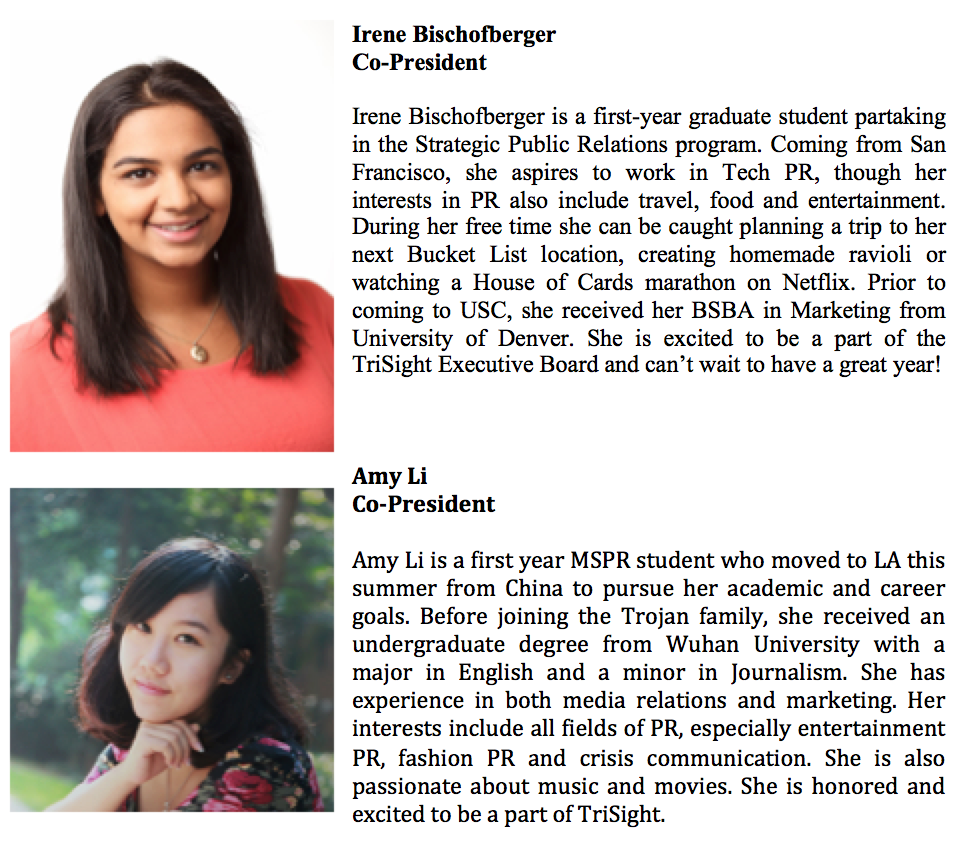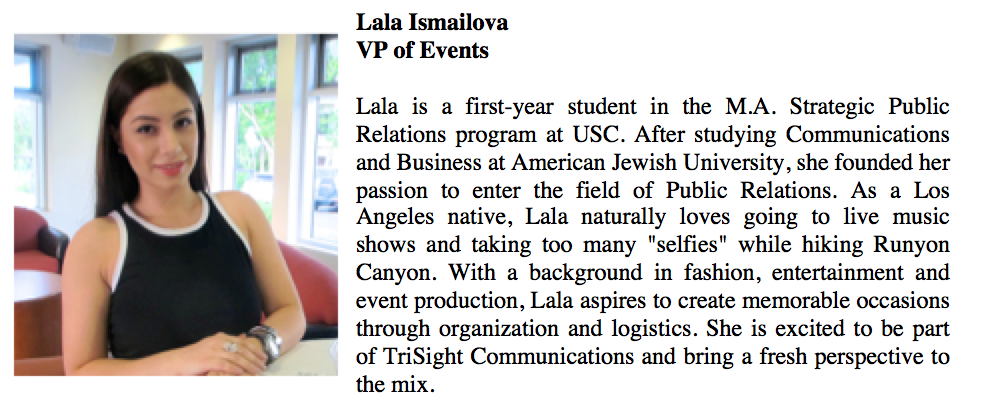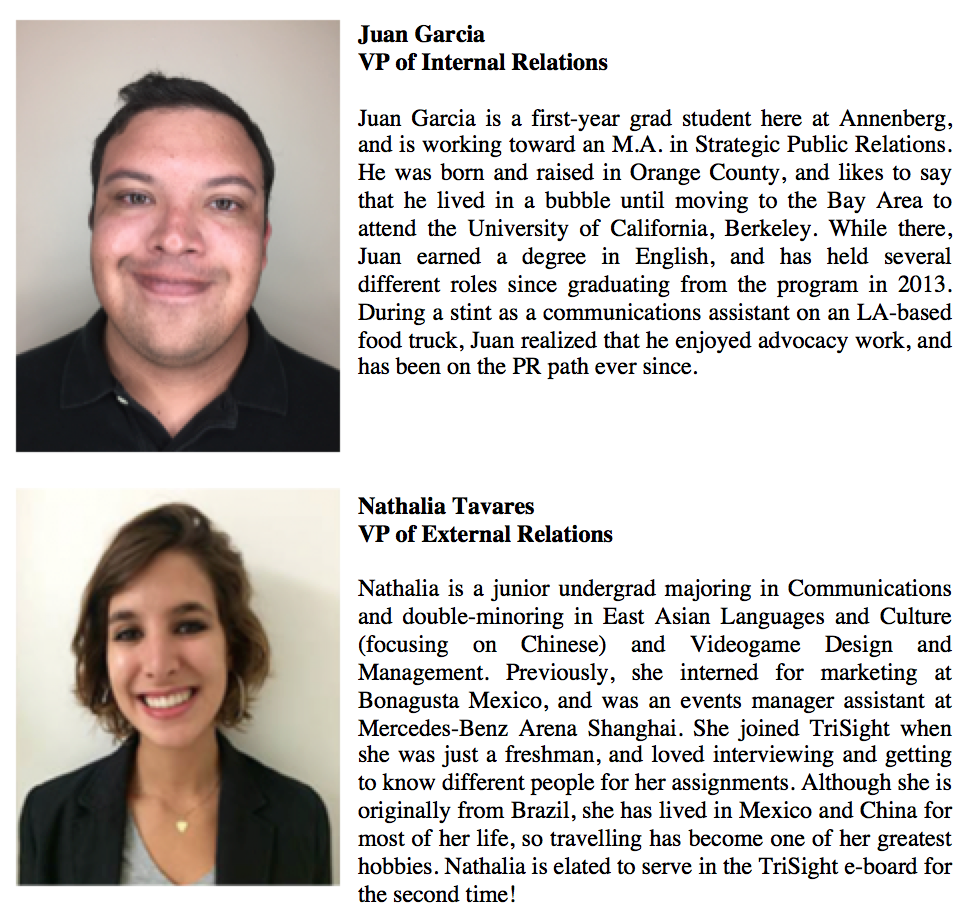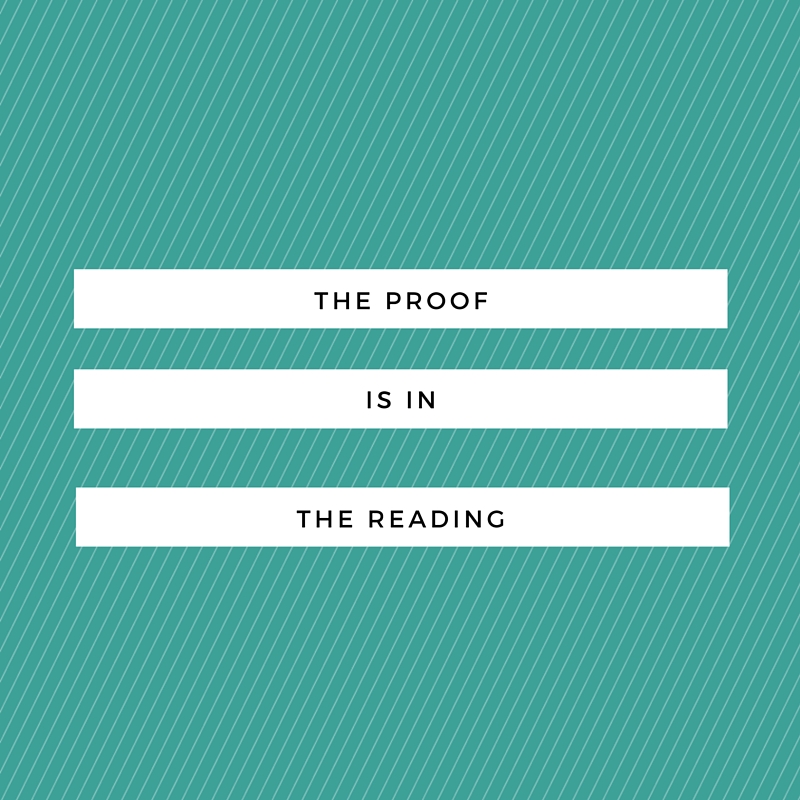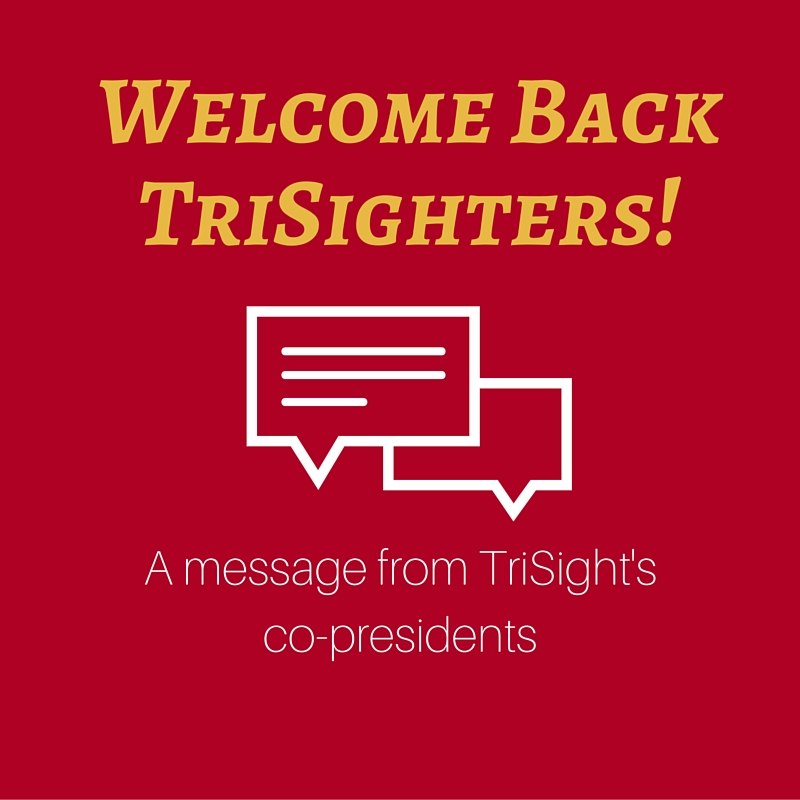When we think of a “real” job, we think of waking up early. We think of sitting in traffic only to end up sitting at a desk for eight hours, then sitting in more traffic before arriving home. That’s the workday.
The reality is that now, in the digital age, traditional workdays are changing.
My 9-5 is a little different, for example. I get up, eat breakfast, and sit down at my desk in my apartment. I work from home. I have a job that I love, and I’m lucky that today’s many communications technologies allow me to accomplish my tasks all from the comfort of my own home.
But as nice as it is to sometimes spend an entire day in your pajamas—tatty gray sweatpants and a Journey concert tee, in my case—working from home can be very difficult.
I’ve been at this for six months, so I thought I would address the three biggest questions I hear for at-home professionals.
How Much Alone Time is Too Much Alone Time?
In most cases, working from home means you’re alone ALL THE TIME. Sometimes, if I speak in a class that comes after a long workday, my voice will come out all squeaky because it’s the first time I’ve used it all day.
I don’t happen to mind being alone during the day. If you do, though, and you’re about to start working from home, I have good news for you: Almost 100% of the time, “working from home” means “working where there is free Wi-Fi”.
I often work my longest days in a café or coffee shop in downtown LA. That way, though I am hard at work, there are other humans around so I don’t become a recluse. Lots of places in LA and in other cities are very work-friendly. Just make sure you go prepared to buy coffee and ice tea for as long as you’re there. Those are your cheapest options.
But Laura, Netflix is at Home. How Do You Get Anything Done?
This is a great question. Distractions are at Home, it’s true. At home, you have access to not only Netflix (and your TV), but books, magazines, your bed, and many other things that are way more appealing than the work you have to do.
My solutions? Podcasts, for one. Books-on-tape. For me, audio-only options are a great middle ground between engaging content and background noise.
Otherwise, if I have intense written work that needs doing or if I’m looking at any huge spreadsheets, I’ll switch over to any number of excellent study playlists. My favorites are usually comprised of film scores. For some reason, all of John Williams’ work makes me feel like filling in a spreadsheet is as important bringing down Imperial walkers on an ice planet.
Another big distraction for me is laundry. And dishes. And vacuuming. I’ve started using these tasks as my work breaks; my apartment is the cleanest when I have the most to do.
While some people use productivity timers, I take advantage of the gentle wash cycle. This allows me to have periods of high productivity: an hour or so in which I can get a ton of work done, before taking a break to fold laundry or unload the dishes.
Don’t You Feel Out of Touch With Your Company?
Not in the slightest! While working from home does deny you some social exposure, email and group task management software make it incredibly easy to stay connected.
It’s up to you and your supervisor how you should stay in touch. I, for instance, talk to my boss three or four times a day. He and I meet in person once a week, but other than that, we communicate via email.
It’s important to set metrics for reporting as well. Though defined work hours may occasionally blur around the edges, defined results have to be maintained. For example, on Mondays I usually make a detailed list of the week’s projects to send to my boss. I send work as it’s completed throughout the week, and on Friday I send another email detailing which of the original projects were finished and which are still in progress.
Upon learning I work from home, people ask: “Don’t you go crazy?” The answer is simply “Nope!” Sure, sometimes I need to remind myself to go outside, and sometimes it’s a challenge to forsake my sweatpants for real clothes. There are certainly challenges.
But to me, the flexibility of my schedule and the convenience of my job are much more significant than the challenges. Working from home demands a great deal of self-discipline, leading you to become very comfortable on your own.
Plus, I’m pretty sure not sitting in LA traffic anymore has added years to my life previously lost to rush hour. I don’t know how I will ever go back to a regular job!
